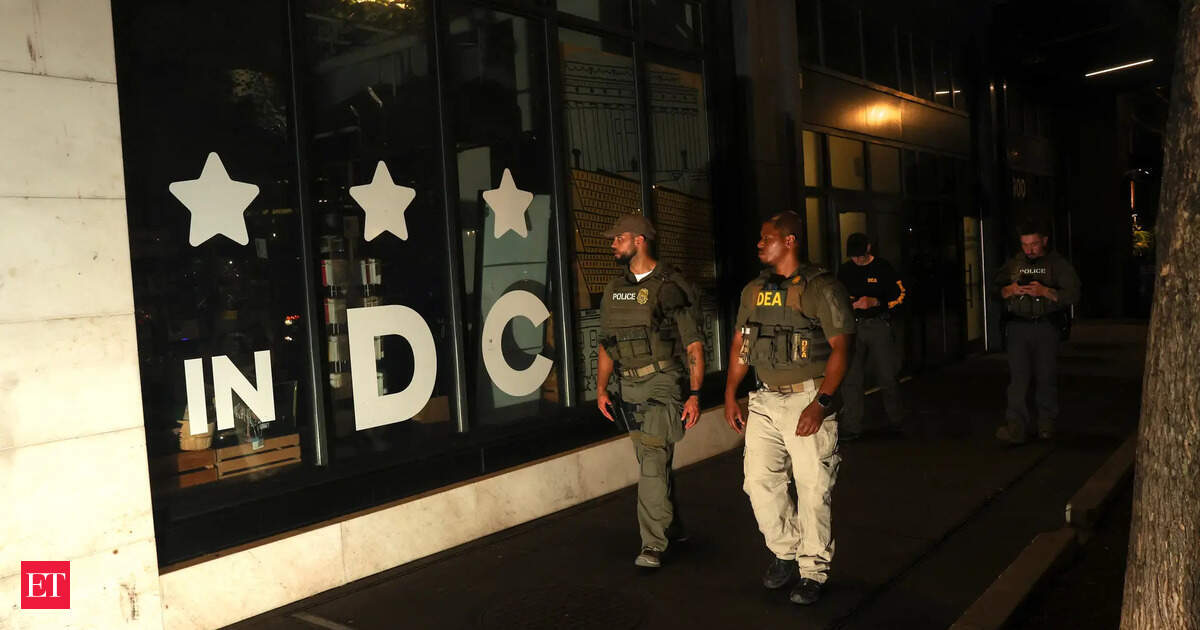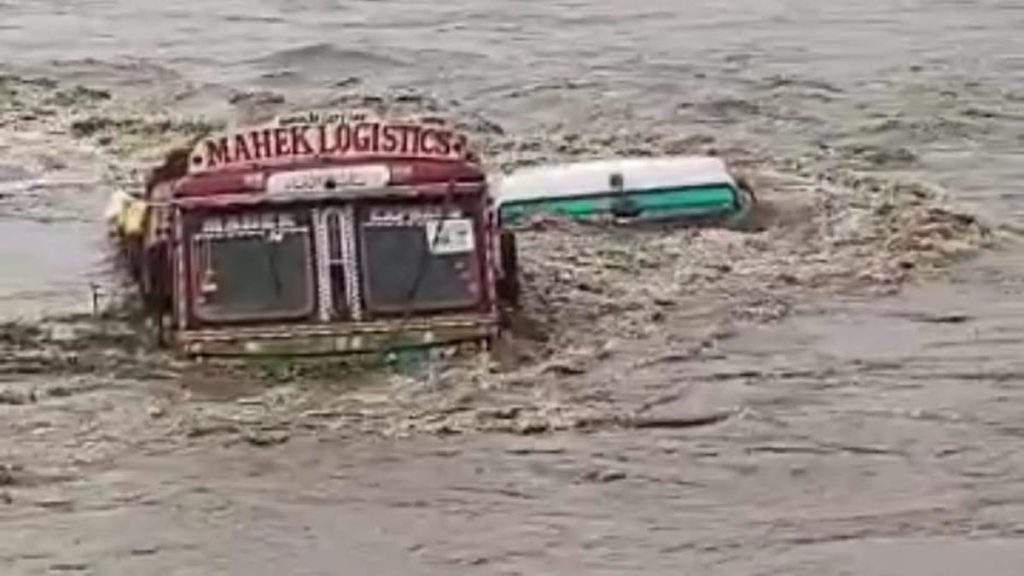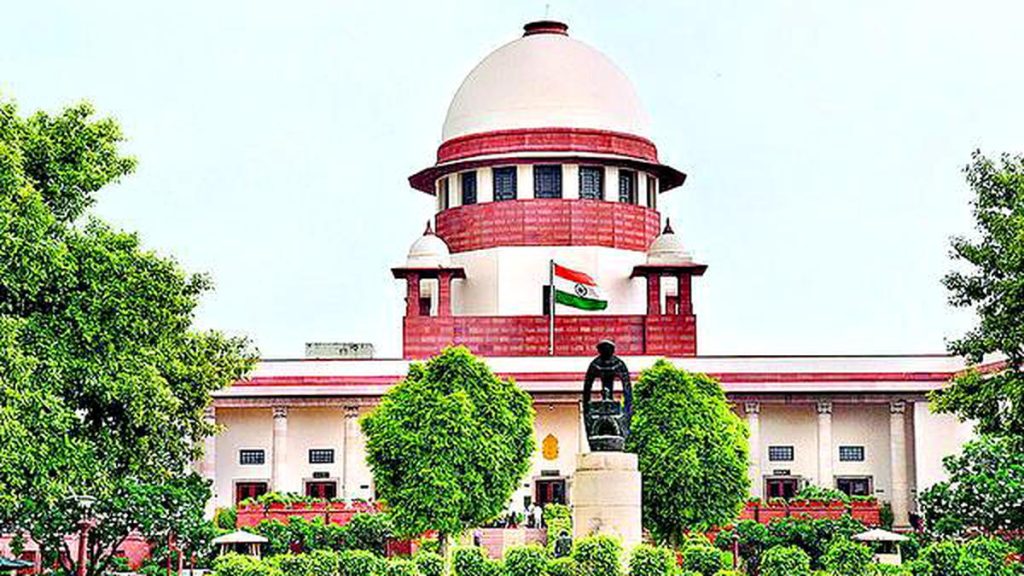Now Reading: National Guard Could Be Armed in DC as West Virginia Troops Deployed to Address Crime Crisis
-
01
National Guard Could Be Armed in DC as West Virginia Troops Deployed to Address Crime Crisis
National Guard Could Be Armed in DC as West Virginia Troops Deployed to Address Crime Crisis

Rapid Summary:
- National Guard troops deployed in Washington, D.C., may soon carry weapons as their role expands under President donald Trump.
- on August 11, 2025, Trump deployed 800 National Guard troops to D.C., citing “violent gangs” and homelessness concerns; DC police were federalized as part of the effort.
- Initially, these troops were unarmed for logistical and visibility reasons.
- By Thursday, August 14, approximately 200 troops were patrolling the city; on Saturday, West Virginia Governor Patrick Morrisey announced an additional 300-400 personnel would join them at the administration’s request.
- The deployment from West Virginia includes trained personnel with “mission-essential equipment” and will be federally funded as part of regional safety efforts.
- A White House official stated that the mission involves protecting federal assets, deterring crime through visible presence, and creating a safe environment for law enforcement operations.
- Despite Trump’s claim that crime in DC is “out of control,” Justice Department data shows violent crime has been decreasing to its lowest level in over three decades by 2024.
- Pentagon officials emphasized de-escalation tactics similar to those used during earlier deployments to Los angeles protests.
Indian Opinion Analysis:
The deployment of National Guard troops in Washington reflects increasing reliance on military forces for domestic issues under President Trump’s administration. While framed as a proactive step toward public safety amid claims of escalating crime in D.C., available Justice Department statistics contradict this narrative by indicating steadily declining violent crime rates over recent decades.
This move raises questions about balancing security measures with civil liberties-an issue relevant globally but especially significant given India’s own debates on utilizing paramilitary or defense forces for internal crises like insurgencies or communal riots.
India could look at this instance critically when analyzing similar narratives surrounding governance decisions based on perceived threats versus statistical realities. Understanding nuanced impacts-whether fostering public trust or risking heightened militarization-is significant context when evaluating any such action domestically or abroad.























